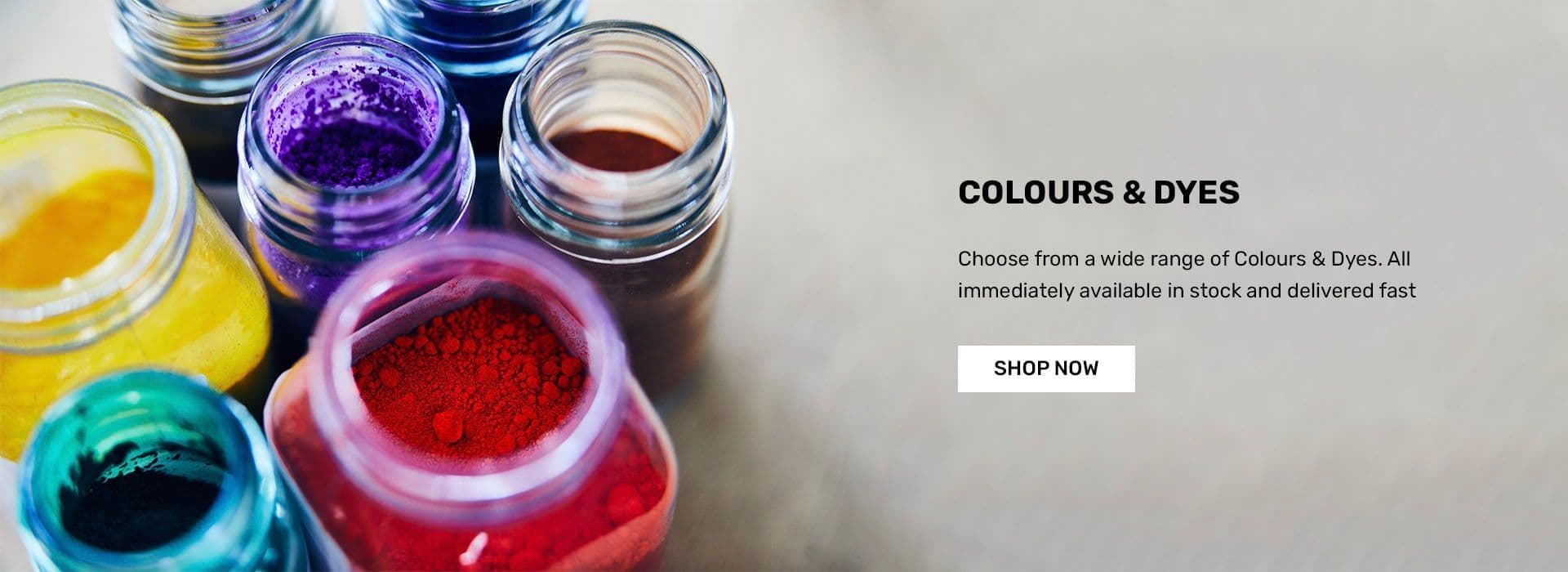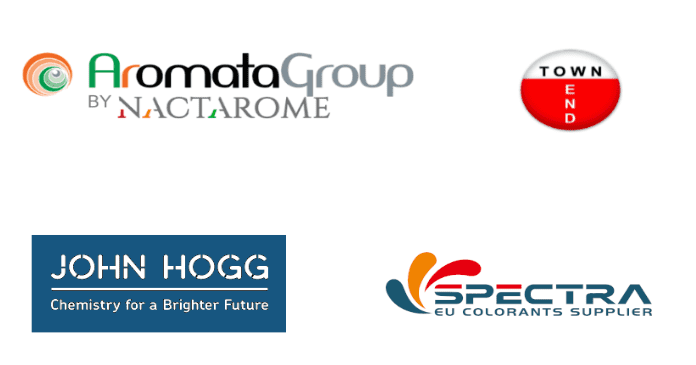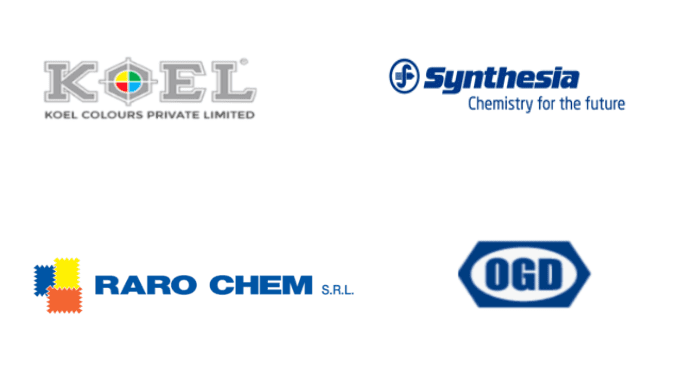New Products
-
D&C Orange 5 (Acid Orange 11 CI 45370:1)

Colour : Orange
Form : Powder
Colourant : Water Soluble
Product Code : 10ORG01100-1KG
Weight : 1kg
£281.00 £337.20 (inc. VAT) -
D&C Yellow 8 (Acid Yellow 73 CI 45350)

Colour : Yellow
Form : Powder
Colourant : Water Soluble
Product Code : 10YEL07300-1KG
Weight : 1kg
£127.00 £152.40 (inc. VAT) -
Dyeguard® Blue 673KNF

Colour : Blue
Form : Liquid
Colourant : Solvent/Oil Soluble
Product Code : 18BLU00001-1KG
Weight : 1kg
£91.00 £109.20 (inc. VAT)
UK Supplier of Dyes & Pigments
We supply 1 Kg & 5 Kg packs of water soluble dyes, solvent dyes, fluorescents, lakes and pigments.



